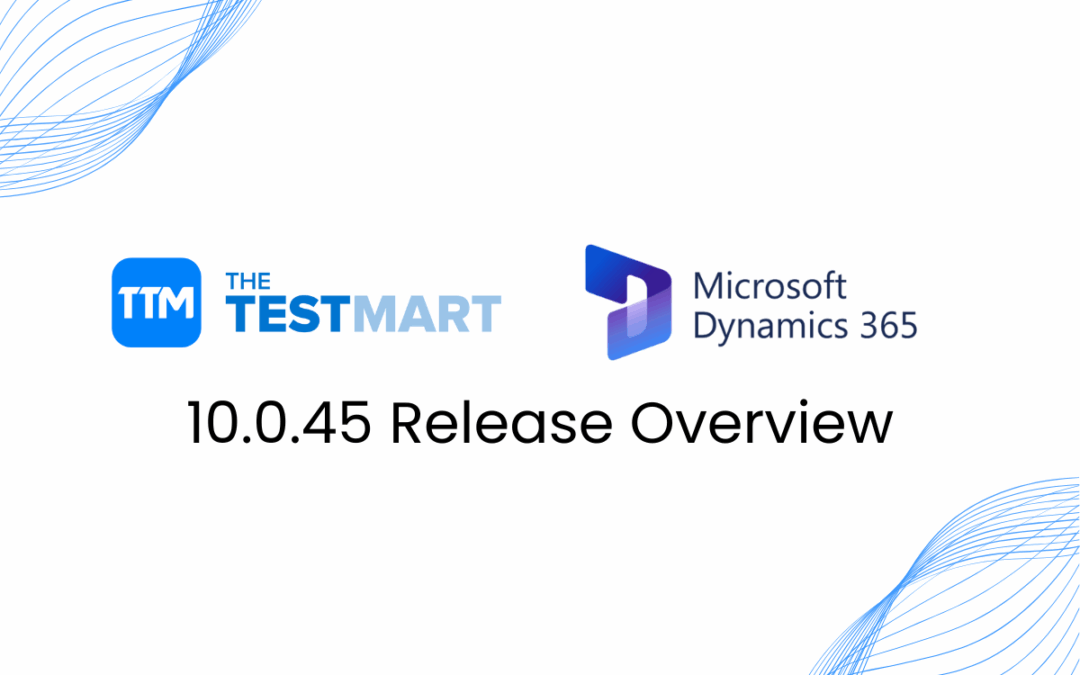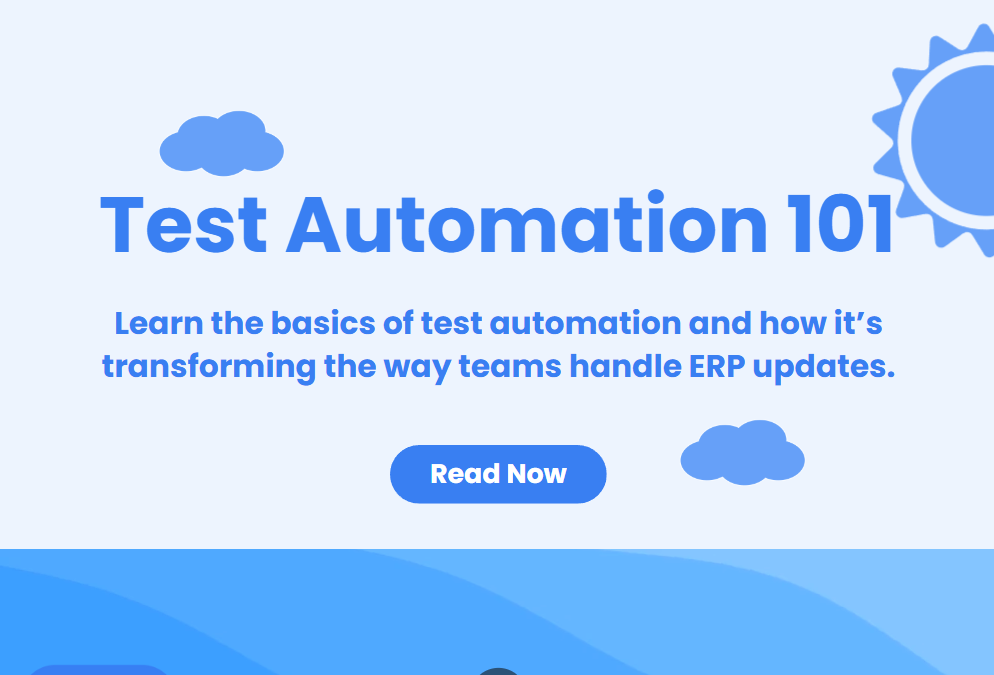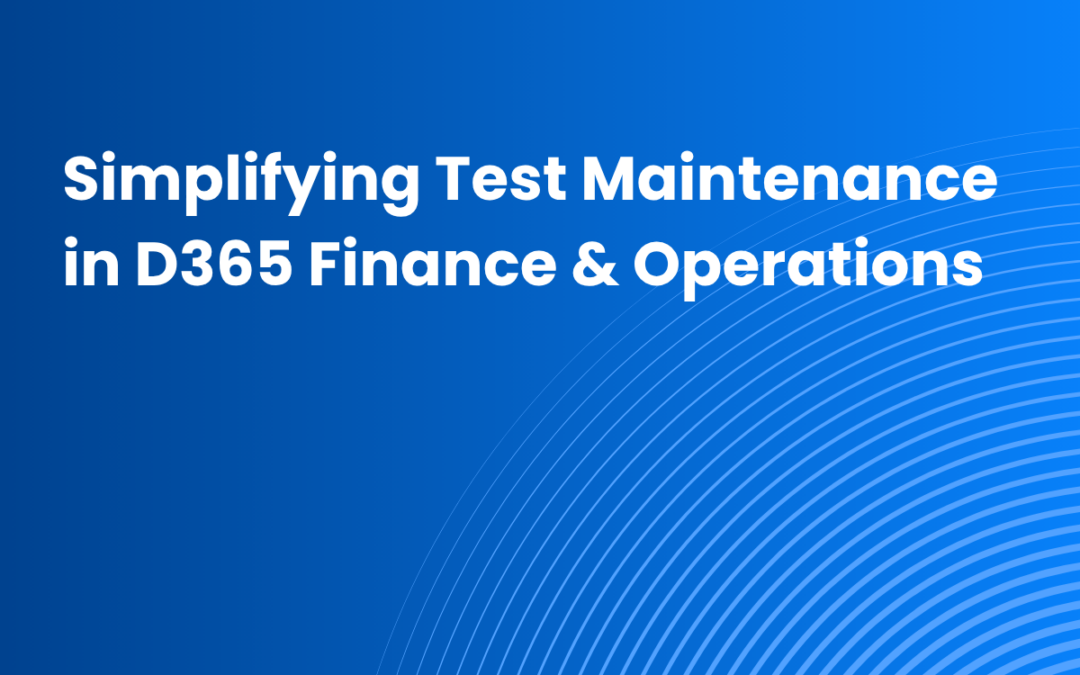At first glance, manual testing for Microsoft Dynamics 365 may seem like a cost-effective approach. However, it conceals significant financial and operational burdens that many organizations overlook. These hidden costs can have a profound impact on your resources, time, and overall business operations. Understanding these challenges is crucial when deciding on a testing strategy for your Dynamics 365 environment.
Time and Resource Consumption
One of the biggest hidden costs of manual testing is the sheer amount of time and resources required. Dynamics 365 receives frequent updates, and each update demands a comprehensive review of business processes. Manual testing can take up to 25 days per year to complete, which not only slows down your ability to adopt updates but also diverts valuable IT resources from more strategic, business-driving tasks.
- Dynamics 365 updates are frequent.
- Manual testing is time-consuming.
- IT resources are redirected away from more valuable tasks.
Increased Risk of Human Error
Human error is an inevitable part of manual testing. Testers may miss critical bugs or overlook inconsistencies, especially when dealing with repetitive tasks or large datasets. This leads to costly issues that may affect your business operations or customer satisfaction down the line.
- Manual testing is prone to error.
- Missed bugs can lead to business disruption.
- Customer satisfaction may be negatively impacted.
Scalability Challenges
As your organization grows, your Dynamics 365 implementation will become more complex. Manual testing struggles to keep up with the growing scope, often requiring additional personnel or extended testing periods. This lack of scalability results in project delays and rising labor costs, limiting your ability to move quickly.
- Testing complexity grows as your business grows.
- Scaling manual testing is difficult and costly.
- Delays in projects and increased labor costs are common.
Opportunity Costs
Every hour spent on manual testing is time your IT teams could spend on innovation or other strategic initiatives. The opportunity cost is significant: instead of driving process improvements or adopting new technology, your skilled professionals are stuck performing repetitive tasks. This misallocation of talent can slow your organization’s ability to stay competitive and agile.
- Manual testing leads to lost opportunities for innovation.
- IT teams are diverted from strategic work.
- Business agility and competitiveness can suffer.
Inconsistent Test Coverage
Manual testing is often inconsistent. Testers may focus on certain areas while neglecting others, leading to incomplete assessments of your system’s functionality. Inconsistent test coverage increases the risk of unexpected issues in production, which can cause business disruptions and affect your bottom line.
- Inconsistent coverage can lead to missed issues.
- Unanticipated problems in production environments are common.
- Business disruptions are costly.
Delayed Time-to-Market
In today’s fast-paced business environment, quick implementation of updates and new features is critical. Unfortunately, manual testing significantly delays this process, making it harder to meet evolving customer needs or take advantage of competitive opportunities.
- Manual testing delays software updates and new feature rollouts.
- Missed competitive advantages can result in lost revenue.
- Customer expectations may not be met in a timely manner.
Hidden Licensing Costs
Manual testing can inadvertently contribute to inefficient license management. Without automated tools to track and optimize user roles and permissions, your organization may overpay for unnecessary licenses or higher-tier access. This can quietly drain your budget over time.
- Manual processes lead to inefficient license management.
- Unnecessary licenses result in hidden costs.
- Automating testing can optimize license tracking.
Long-Term Financial Impact
While the initial investment in automated testing tools may seem steep, the long-term benefits far outweigh the costs. Automated testing saves both time and money, and many organizations see a return on investment (ROI) within the first year. By adopting automated testing, you can mitigate the hidden costs of manual testing while improving accuracy and efficiency.
- Automated testing offers long-term cost savings.
- Organizations can achieve ROI within the first year.
- Automated testing improves accuracy and efficiency.
In conclusion, the hidden costs of manual testing for Dynamics 365 are significant and often overlooked. Time, scalability, human error, and opportunity costs all contribute to making manual testing a far less efficient solution than it may initially appear. Automated testing offers a way to overcome these challenges, providing faster, more consistent results, improved accuracy, and long-term financial benefits.
Consider automating your Dynamics 365 testing to unlock these advantages and propel your business forward.
Learn More About TheTestMart
Ready to revolutionize your testing? Learn more about how TheTestMart can help your business achieve faster, more efficient, and cost-effective testing processes.
Contact us today to schedule a consultation and ensure your business is fully prepared for the latest updates. Let’s work together to streamline your processes and keep your operations running smoothly.





